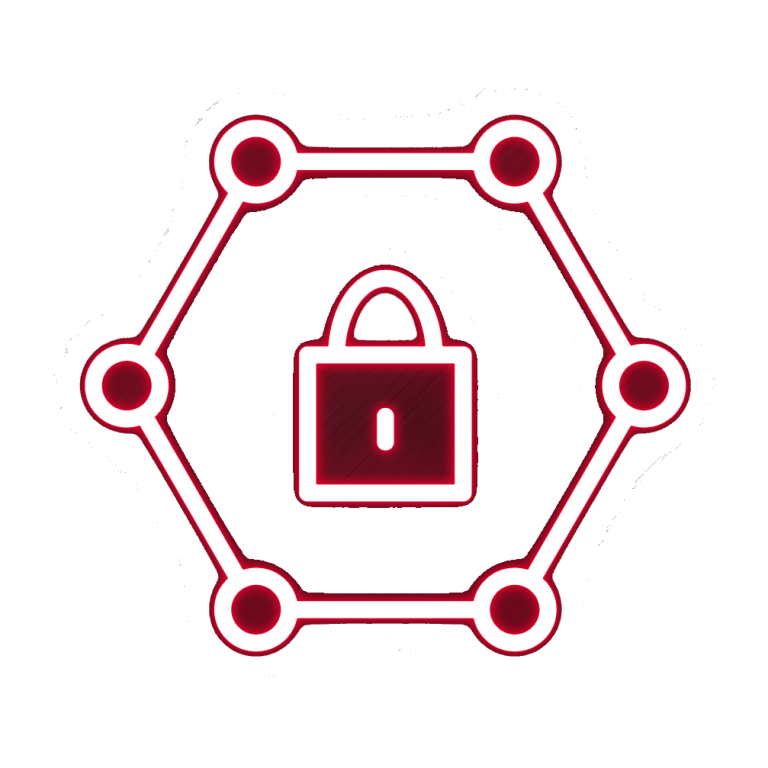When it comes to cyber security, the stakes are high for today’s digitally-driven enterprise. A data security lapse could prove costly from a financial, reputational and commercial point of view.
No wonder that organizations are turning to increasingly in-depth security assessments. A red team approach, for instance, has a far wider scope than penetration testing and provides a deeper insight into your organization’s resilience – and response – to a cyber attack.
Employing technical, social and physical techniques to gain access to your organization’s critical information assets, our red team security assessment is a true test of whether an attack would go undetected – and for how long.
Red team assessments are essential for ensuring your organization’s security measures are resilient against sophisticated cyber threats. By simulating real-world attacks, red teaming identifies vulnerabilities that could be exploited by adversaries, evaluating the effectiveness of your defenses across people, processes, and technology.
As cyber threats become more advanced, regular red team assessments offer a deeper level of testing than traditional penetration testing, enabling you to uncover critical weaknesses before they can be exploited. Stay proactive by strengthening your organization’s security with targeted assessments that provide actionable insights to mitigate risks, improve response capabilities, and enhance overall resilience.


Dionach’s red team security assessment is designed to offer organizations the highest level of assurance that their most critical assets are secure, and pinpoint where processes need to be tightened up.
In contrast to penetration testing which focuses on system-specific vulnerabilities, red team testing is a stringent assessment of security across all domains, for instance scrutinizing whether intellectual property can be stolen and whether customer contact lists, personally identifiable information and payment details are adequately secured.
Our technical experts go the extra mile to mirror the whole range of techniques currently being used by attackers.
The red team collaborates with the organisation to define the objectives, scope, and rules of engagement for the assessment. They gather information about the target systems, networks, and the organisation’s overall security posture. This phase helps ensure that the assessment aligns with the organisation’s goals and focuses on the areas of highest risk.
The red team conducts reconnaissance to gather information about the target organisation. This may involve passive techniques like open-source intelligence (OSINT) gathering, analysing publicly available information, or actively probing the target’s infrastructure to identify potential vulnerabilities. The goal is to gain a better understanding of the target’s systems, network architecture, and potential entry points.
Based on the information gathered during reconnaissance, the red team identifies and prioritises potential attack vectors and threats. They analyse vulnerabilities, misconfigurations, and weaknesses in systems, applications, or processes that could be exploited. This phase helps the red team develop an effective attack strategy tailored to the organisation’s specific environment.
The red team simulates attacks and attempts to exploit the identified vulnerabilities. They may use various techniques, such as social engineering, phishing, network attacks, or application exploits. The goal is to gain unauthorised access, escalate privileges, and move deeper into the target environment. The red team leverages their expertise to bypass security controls and demonstrate the potential impact of successful attacks.
Once the red team gains initial access, they focus on expanding their presence within the target environment. They move laterally through the network, attempting to gain access to sensitive data or critical systems. This phase helps assess the organisation’s ability to detect and respond to intrusions and to determine the extent of the damage an attacker could cause if undetected.
After the assessment, the red team prepares a detailed report documenting their findings, methodologies, and recommendations. The report highlights the vulnerabilities discovered, the techniques used, and potential impacts. It also includes actionable recommendations to help the organisation improve its security defences. A debriefing session is conducted with the organisation’s stakeholders to discuss the findings and ensure a clear understanding of the assessment’s outcomes.



A Red Team is an independent group of skilled cybersecurity professionals tasked with simulating real-world cyber-attacks on an organization’s systems, networks, and applications. Their goal is to identify vulnerabilities and weaknesses that malicious attackers could exploit. Red Teams use a variety of tools and techniques, including penetration testing, social engineering, and vulnerability assessments, to mimic the tactics, techniques, and procedures (TTPs) of actual hackers. The objective is to assess the organization’s security defenses and provide valuable insights into potential areas for improvement.









Blue Teams, on the other hand, are internal security teams within an organization responsible for defending against cyber threats and protecting the organization’s assets. They analyze the findings and reports generated by Red Teams and respond to simulated attacks in real-time. Blue Teams monitor the network for signs of malicious activity, investigate security incidents, and work to prevent, detect, and mitigate security breaches. Their role is to strengthen the organization’s defenses based on the lessons learned from Red Team exercises and ensure the security controls are effective and up to date.



Purple Teams are the result of the collaboration between Red Teams and Blue Teams. The concept behind a Purple Team is to foster cooperation and knowledge-sharing between offensive (Red Team) and defensive (Blue Team) security experts. When a Red Team performs an attack simulation, they work closely with the Blue Team, sharing information about the techniques used and providing insights into how to detect and respond to such attacks. This collaboration allows the Blue Team to improve their detection and response capabilities, while the Red Team gains a better understanding of defensive strategies and challenges. The overall goal is to enhance the organization’s overall security posture through combined efforts.



Discover how a Red Team exercise enhances your organisation’s security posture. Learn the benefits, real-world outcomes, and why simulating attacks can lead to effective risk management and resilience. Explore our insights at Dionach.
We have documented frequently asked questions about our red team security assessment services. If you cannot find the answer to your questions, please do get in touch directly. We’ll be happy to help.
A red team security assessment is a simulated attack conducted by a team of ethical hackers to evaluate the effectiveness of an organization’s security defenses.
The goal of a red team assessment is to identify vulnerabilities and weaknesses in an organization’s security infrastructure and help improve its overall security posture.
While both involve simulated attacks, a red team assessment goes beyond a penetration test by simulating real-world attack scenarios and testing the effectiveness of the organization’s response capabilities.
The steps in a red team assessment may include reconnaissance, target selection, attack simulation, exploitation, and post-attack analysis and reporting.
Red team assessments are usually conducted by experienced cybersecurity professionals who specialize in offensive security techniques.
Red team assessments help organizations uncover unknown vulnerabilities, enhance incident response capabilities, and identify areas for improvement in their security defenses.
The frequency of red team assessments depends on factors such as the organization’s risk profile and industry regulations. Typically, they are conducted annually or biennially.
Challenges may include maintaining a balance between realistic attack simulations and minimizing disruptions, ensuring clear communication and coordination with the organization’s security team, and managing potential legal and regulatory issues.
Deliverables usually include a comprehensive report detailing the vulnerabilities identified, exploited attack paths, and recommendations for improving security defenses.
Yes, red team assessments can be performed on cloud-based environments to assess the security of cloud services, configurations, and access controls.
By simulating real-world attacks, a red team assessment helps organizations identify gaps in their incident response processes and provides an opportunity to practice and refine their response procedures.
Risks may include unintentional disruptions to operations, potential damage to systems or data, and the possibility of false positives/negatives in identifying vulnerabilities.
Preparation may involve reviewing and validating existing security controls, establishing communication channels with the red team, and defining the scope and rules of engagement for the assessment.
Yes, red team assessments can be tailored to address specific security concerns, focus on critical assets, or emulate particular threat scenarios relevant to the organisation.
Post-assessment activities may include remediation of identified vulnerabilities, training and awareness programs for employees, and ongoing monitoring and testing to maintain security readiness.
Dionach is a trusted cyber security partner with extensive experience in red teaming services. We help organizations simulate real-world attacks to uncover vulnerabilities, assess security gaps, and improve defensive strategies. Our tailored red teaming exercises mimic sophisticated threat actors, testing your systems, networks, and personnel to identify potential weaknesses. By combining advanced techniques and comprehensive reporting, Dionach enables your organisation to proactively strengthen its security posture, minimize risks, and ensure resilience against evolving cyber threats. Let us help you stay one step ahead in the face of complex security challenges.




We deliver the whole spectrum of cyber security services, from long-term, enterprise wide strategy and implementation projects to single penetration tests.


Our team works with you to identify and assess your organisation’s vulnerabilities, define enterprise-wide goals, and advise how best to achieve them.
Our recommendations are clear, concise, pragmatic and tailored to your organisation.


Independent, unbiased, personalised – this is how we define our services. We guide you to spend wisely and invest in change efficiently.




Our recommendations are clear, concise, pragmatic and tailored to your organisation.


Independent, unbiased, personalised – this is how we define our services. We guide you to spend wisely and invest in change efficiently.


